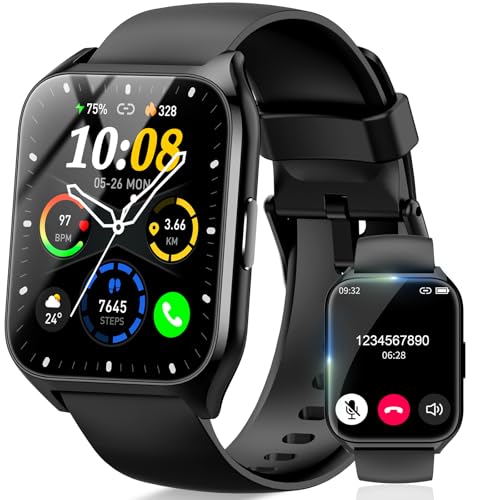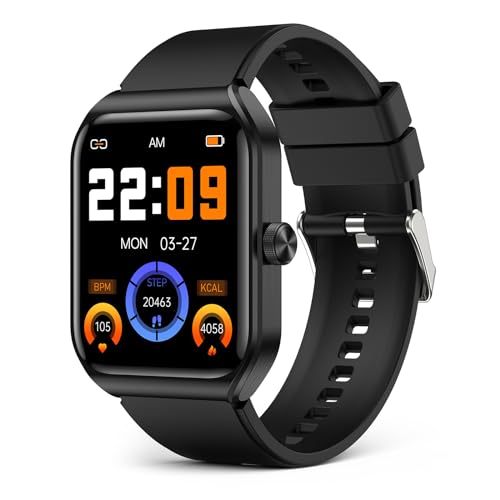
When it comes to wearable tech devices, have you ever stopped to consider the security of your data? Your personal information stored on these devices might be more vulnerable than you think. As you go about your day with your smartwatch or fitness tracker, there are potential risks lurking in the background. Understanding how secure your data truly is can make all the difference in safeguarding your privacy and sensitive information.
Data Collection Risks
When using wearable tech devices, you expose yourself to data collection risks that can compromise your privacy and security. These devices, like smartwatches and fitness trackers, collect a vast amount of personal information about you, including your location, health data, and daily activities. While this data can be beneficial for tracking your fitness goals or providing personalized recommendations, it also presents potential risks.
One major concern is the possibility of this sensitive data being intercepted by hackers. Without proper encryption and security measures in place, the data transmitted between your wearable device and its connected apps could be vulnerable to interception, putting your information at risk of being stolen or misused. Additionally, there’s the issue of data being shared with third parties without your consent. Some wearable tech companies may sell or share your data with advertisers or other organizations, raising concerns about how securely your information is handled.
To mitigate these risks, it’s crucial to carefully review the privacy policies of wearable devices and associated apps, enable security features such as encryption and two-factor authentication when available, and regularly update your devices to patch any known vulnerabilities. By staying vigilant and proactive, you can better protect your data while enjoying the benefits of wearable technology.
Vulnerabilities in Wearable Devices
Exposing potential weaknesses in wearable devices, security researchers have uncovered various vulnerabilities that pose risks to user data and privacy. These vulnerabilities can range from insecure Bluetooth connections that can be intercepted by hackers to weak authentication methods that make it easier for unauthorized users to access personal information.
For instance, some wearable devices lack proper encryption protocols, leaving sensitive data susceptible to interception. Additionally, flaws in software and firmware can be exploited by cybercriminals to gain access to a user’s device and potentially extract valuable information. Another common vulnerability is the lack of secure update mechanisms, which can lead to devices remaining exposed to known threats.
It’s crucial for wearable device manufacturers to prioritize security measures such as regular software updates, strong encryption standards, and robust authentication processes to safeguard user data and protect their privacy.
Importance of Data Encryption
Highlighting the critical role of data encryption in ensuring the security of wearable tech devices, manufacturers must implement robust encryption protocols to protect user data from unauthorized access. Data encryption is essential as it scrambles information into a code that can only be deciphered by authorized parties with the proper decryption key.
By encrypting data stored on wearable devices, such as fitness trackers or smartwatches, manufacturers can prevent sensitive information like personal health data or location details from being intercepted by cybercriminals. Without encryption, data transmitted between the wearable device and connected apps or networks could be vulnerable to interception, leading to potential privacy breaches.
Additionally, in the event of a lost or stolen device, encryption can provide an extra layer of security by ensuring that the data remains inaccessible to unauthorized individuals. Therefore, incorporating strong encryption measures into wearable tech devices is crucial for safeguarding user data and maintaining privacy in an increasingly connected world.
Tips for Data Security
To enhance data security on wearable tech devices, implementing strong password protection is a fundamental measure to prevent unauthorized access. Ensure your password is unique, using a combination of letters, numbers, and special characters. Avoid easy-to-guess passwords like ‘123456’ or ‘password.’ Additionally, enable two-factor authentication when available, adding an extra layer of security by requiring a code from another device to log in.
Regularly updating your device’s software is crucial for staying protected against potential security vulnerabilities. Manufacturers frequently release updates that address security issues, so enabling automatic updates can help keep your wearable tech secure. Be cautious when downloading third-party apps, as they may pose risks to your data security. Stick to official app stores and read reviews before installing any new applications.
Lastly, be mindful of the data you share and the permissions you grant to apps. Only provide necessary information and limit access to sensitive data whenever possible. By following these tips, you can better safeguard your data on wearable tech devices.
Trending Products



![Smart Watch for Women, Answer/Make Calls, Alexa Built-in, [1.8″HD Screen] Smart Watches for Women iPhone/Samsung/Android, Fitness Watch with Heart Rate Sleep SpO2 Monitor,IP68 Waterproof, 100+ Sports](https://m.media-amazon.com/images/I/41sW5jNVoyL._SS500_.jpg)










